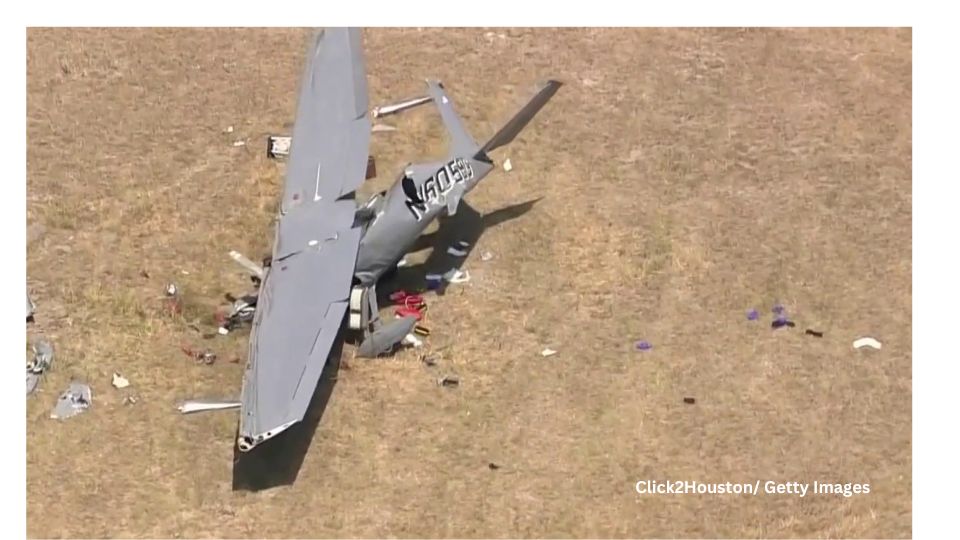During an inquiry into the collision, the National Transportation Safety Board (NTSB) made its findings public. On August 19, 2022, not long after taking off from Gainesville Municipal Airport in Texas, the Beechcraft B60 Duke aircraft crashed. Sadly, the disaster claimed the lives of all six occupants, including the pilot and passengers. The plane’s elevators, which are essential for regulating the aircraft’s pitch, jammed as a result of corrosion and inadequate lubrication, according to the NTSB’s report. The pilot was probably unable to regulate the plane’s pitch due to corrosion on the elevator control cables, which is what caused the catastrophe.
Moreover, the examination revealed that the problems with the elevator control wires were not discovered during the pilot’s preflight examination. An operational check of the elevator controls, which could have identified the issue prior to takeoff, was not part of the pilot’s inspection. The crash was caused by a combination of jammed elevators and the pilot’s inability to detect the problem during the preflight check, according to the NTSB’s final report. The report also pointed out that there was no evidence of any recent repair or inspections of the elevator control wires in the plane’s maintenance records.
This unfortunate event emphasizes how crucial it is to maintain airplanes properly and conduct comprehensive preflight inspections in order to ensure their safety. To avoid similar mishaps in the future, investigators and aviation authorities keep stressing how important it is to strictly adhere to maintenance and safety protocols.
Both elevators, which are movable panels on the tail section of the aircraft used to adjust pitch, were jammed in a way that prohibited the aircraft from taking off, according to the NTSB’s inquiry. The plane had been parked for a long time in strong winds, which caused the parts to become trapped. After another MD-80 series aircraft experienced a similar jamming event in Michigan in 2017, the NTSB prompted Boeing to release new inspection guidelines for similar aircraft prior to flying in 2020.
Everts Air Cargo was the operator of the aircraft involved in the Texas incident. According to Everts’ director of operations, he didn’t know about the Boeing bulletin until after the collision. The business then revised its instructions and sent pilots images and videos showing how to examine elevators from the ground.
This occurrence emphasizes how crucial it is to follow correct inspection protocols and make sure flight manuals are current in order to avoid mishaps and guarantee passenger safety.
Follow us on social media: Instagram, Threads & Twitter X @nya360_ YouTube & Facebook @nya360.





